
2021/03/25
Breadcrumbs navigation
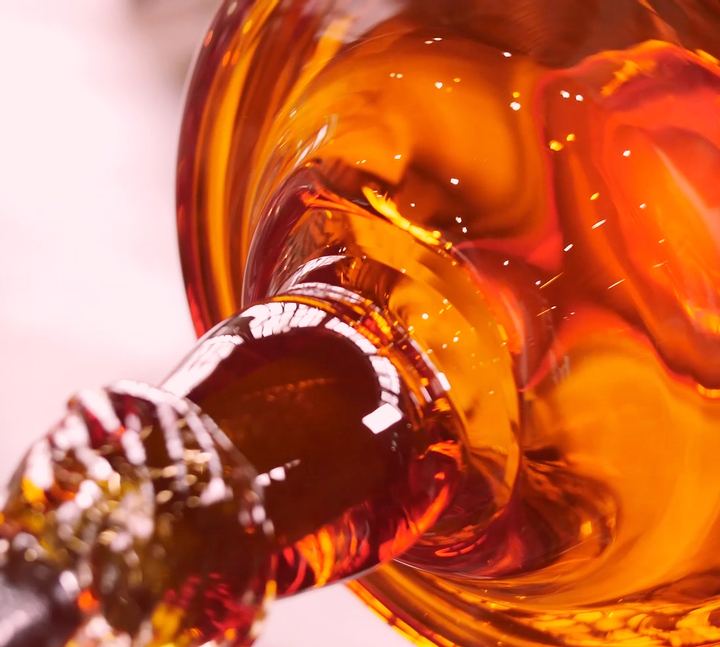
To take molten glass and paint it with an ordinary pigment? No, it's not that simple. Colouring crystal is a complex process involving the work of chemists. Mária Šmihulová and Martin Prokeš, who are in charge of technology at Moser, took us into the fascinating world of shades and contrasts.
Viridescent. That is the exact shade of glass in its natural form. It contains iron oxides, which colour it. “We must first discolour the glass. This is the only way we can get rid of unwanted shades and create a completely clear piece,” describes technologist Martin Prokeš.
His words are complemented by Mária Šmihulová, who is in charge of the correct preparation of glass batches in Moser. “We paint glass with metal oxides. It's a fairly complicated process, but it's not possible to do it otherwise. The pigments must be used as a part of a homogeneous mixture, the so-called glass batch, and melted together with other raw materials.”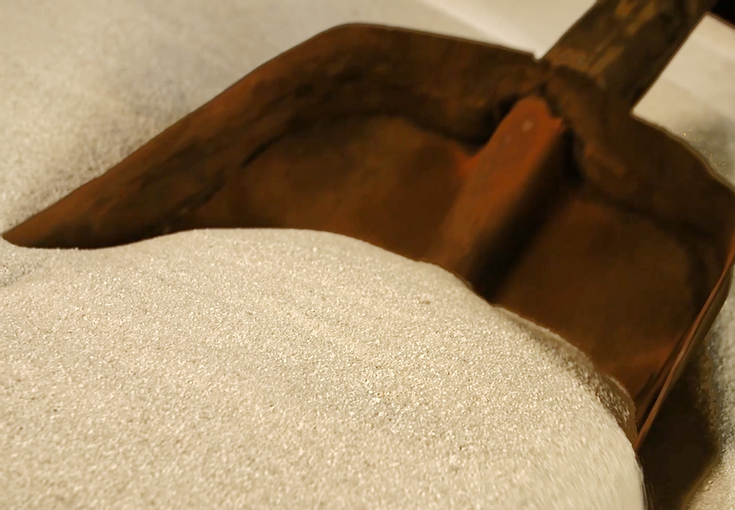
How are such colours stored? In the form of a loose powder. Before production begins, it must be accurately weighed and added to other loose materials used to make molten glass. “The blend is then poured into the mixer until it gets completely homogeneous, shovelled into pans and melted. This is how molten glass is made that the glassmaker later uses to create the given piece,” Martin Prokeš describes the whole process.
Moser works with a special colour palette and has been using most of its shades since the 1920s. The individual tones were named after precious stones. You can choose between topaz, aquamarine or beryl. Before the glassmaker starts working with the pan, he makes a test glass rod. Then the glass master with the melting master or glass melter check that the shade fits. Not getting the colour right is a major complication. “Approximately 350 kilograms of glass is melted in one pan. When a part of such a quantity has to be discarded, it is a huge loss,” describes Mária Šmihulová. At the same time, Moser can't create a product that does not correspond to the basic colour palette. “We have to adhere to the standard and not compromise on quality.”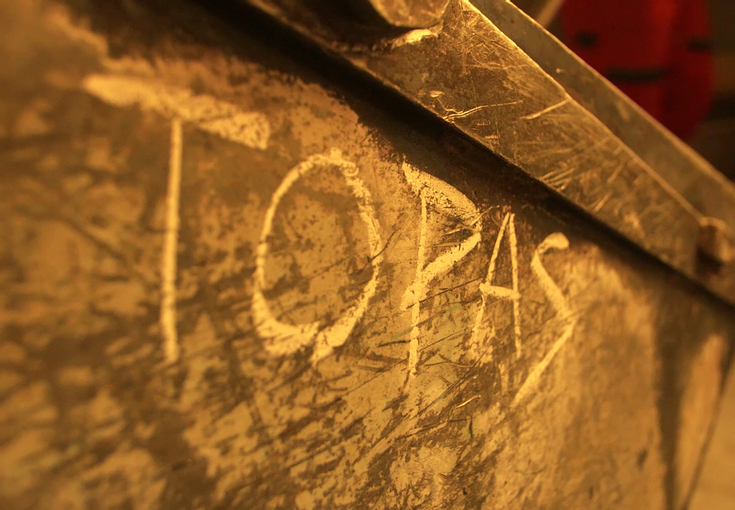
Another considerable challenge is to plan the production so that the lighter shades are melted in the pans first and then the darker ones later. “Some colours cannot be dyed over again. You cannot put a light colour in a pan where there previously was a purple one. Each time the colour changes, the molten glass must be completely discarded out of the pan. There must not be a residue left that would inadvertently affect the hue of the new colour,” says Martin Prokeš.
It is also essential to think carefully about the logistics and orders. The full capacity of the pan should be used. “We can't melt hundreds of kilograms of glass because of one glass bowl. Planning the operation of the smelter and good communication are among the most difficult tasks,” explains the technologist. Sometimes, glassmakers also make coloured rods in stock – in glassworker slang called cones. They are created mainly from shades that are not frequently melted. The rods are then used for so-called underlay and overlay, which is joining several shades together.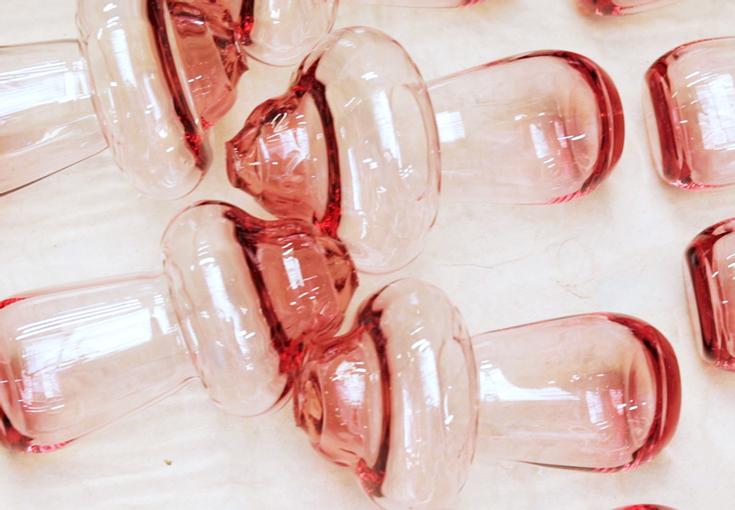
And which colour of crystal is the hardest to prepare? “Rosalin and Eldor, for example, have a higher tendency to foam, especially when the molten glass is too warm. The glass melter then has a worse view of the glass surface. Therefore, the molten glass must be guarded and cooled. Otherwise, the glass may escape – just like with cooking. Besides, the glass is then missing from the pan and the rest may not have the right properties,” says Mária Šmihulová. “Colouring glass is simply an alchemy that not everyone can do.”
Glass is formed by melting solid crystalline substances. Raw materials for making glass are stored in the form of a powder and are divided into basic and auxiliary. The former can be found in the composition of every ordinary glass: glass sand, soda, potassium carbonate (or Potash) and limestone. Auxiliary raw materials are then used to adjust the properties of the glass. These can be melting accelerators, degassing substances, dyes or decolourizers. "The higher the quality of the basic glass-forming raw materials, the better the colour of the glass," describes the chemist and technologist Mária Šmihulová. 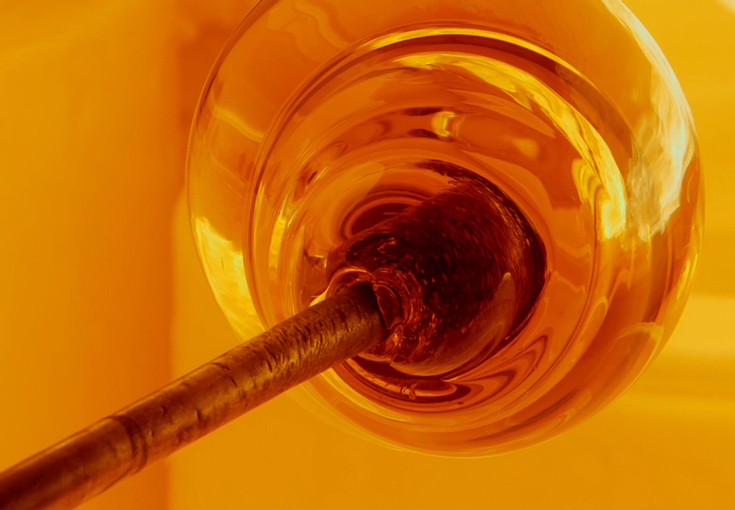
Did you know that some of Moser's colours are almost a hundred years old? Find out more.